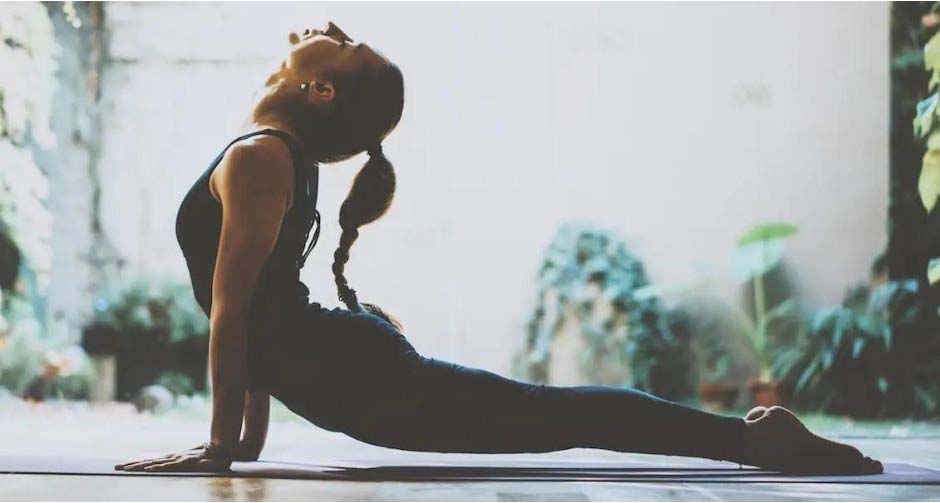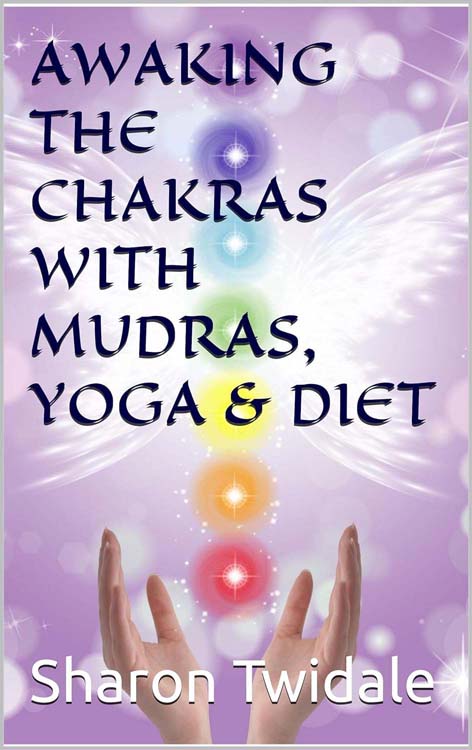
Private Yoga Lessons
If you don’t want to go to a group yoga class or prefer to learn on your own at your own time and pace, I provide private yoga classes.
10 x 60 Minute Private Yoga Lessons tailored for your individual needs – £150.00

About Us
Yoga for Everyone
As a yoga teacher I am passionate about yoga and the health benefits the practice can bring and believe that yoga should be accessible to everyone. Because yoga can be modified to suit your own fitness levels and ability, it is an excellent way to exercise
My classes are suitable for all levels. I tesch Hatha and Vinyasa yoga. I provide group classes, private yoga clases and yoga in the workplace in Salisbury Wiltshire andthe surrounding areas.

Yoga Therapy
The aim of yoga therapy is to work together with an individual or sometimes groups of clients to find the most appropriate techniques to help improve health and wellbeing. Supporting any ongoing issues that might be causing stress or some of the other negative impacts of illness, pain, or injury
Yoga Classes

Yoga in Harnham – Mondays 6.00 pm – 7.00 pm


Private Yoga Classes

Yoga in Stapleford – Wednesdays 9.00 am – 10.00 am

Yoga in Burcombe – Thursdays 10.30 am – 11.30 am

Online & On-Demand Yoga Classes

Yoga in the Workplace

Chair Yoga

Online Courses
New to Yoga?
Private Lessons for Beginners 5 x 30 Minutes Lessons – £59.00
Would you like to try Yoga? These lessons are tailored for total yoga newbies. We will learn the basic poses throughout 5 x 30-minute long sessions and put them together in an asana, we will also touch on meditation and breathing exercises.
Discover the mindful journey of yoga and embrace the joy of movement. Connect with your body, focus your mind, and experience a profound sense of well-being as you embark on this beautiful movement practice. Let’s flow together


Evening Vinyasa Yoga Classes
Vinyasa yoga is good for building strength and flexibility. Join me in September at my new vinyasa class and tone and strengthen your body. Vinyasa yoga offers a faster pace for a more challenging workout. As space will be limited please use the form below to register your interest.
As space will be limited I might hold two classes and I am trying to see what nights and times would be popular. Pleased indicate on the form which day/time would suit you.
Your email will only be used to contact you to tell you the starting date and venue for the class

Upcoming Events
View the latest upcoming yoga classes, events, workshops and retreats at Namaste Hatha Yoga
Blogs
From our Blogs and Articles

Keep in Touch!
Join my newsletter for discounts on yoga courses, workshops and retreats
Frequently Asked Questions
Where does the word Yoga Originate?
The word ‘yoga comes from the Sanskrit word ‘to yoke’ or union. Yoga is a union of the mind, body, and soul. There are many different forms of yoga, Hatha is known as ‘the route of yoga’ and consists of traditional poses that are held for up to a minute. I also teach Vinyasa classes for a faster-moving flow and weight loss.
Can anyone do Yoga?
No experience is necessary and there is no such thing as being not flexible enough to practice yoga. I can modify the poses to suit different levels, fitness and injuries.
My classes include a warm-up period, asanas (poses), and a cool-down session. We also practice meditation in some lessons. Yoga will increase your flexibility and can help to calm the mind, de-stress the body and soothe the soul.
If you have a health condition you should always take medical advice before commencing a fitness regime
What should I wear?
Make sure you are comfortable and wear clothes that do not restrict your movement. Gym/sports leggings, shorts or jogging bottoms are perfect. Bring a jumper and socks as your body will cool down during the final meditation. Please bring your own yoga mat
When are the classes??
I offer a variety of yoga classes, individual tuition, online classes, and yoga in the workplace classes, (ideal for a great team-building exercise!). My Hatha Yoga Classes for beginners is a good starting place if you haven’t tried yoga before. Classes are held weekly at Stapleford, Burcombe and Harnham. The class schedule can be viewed and booked here
How do I Book a Class?
You can book a space at any of my classes from the class schedules, where you can make payment via Stripe or Paypal. I can also accept card payments or cash at the class, Owing to limited spaces If you would like to come along to the classes without using the booking system, please email me at sharon@namastehathayoga.co.uk to let me know so I can update the online booking system
I have included the most frequently asked questions but if you have any questions, please feel free contact me.






